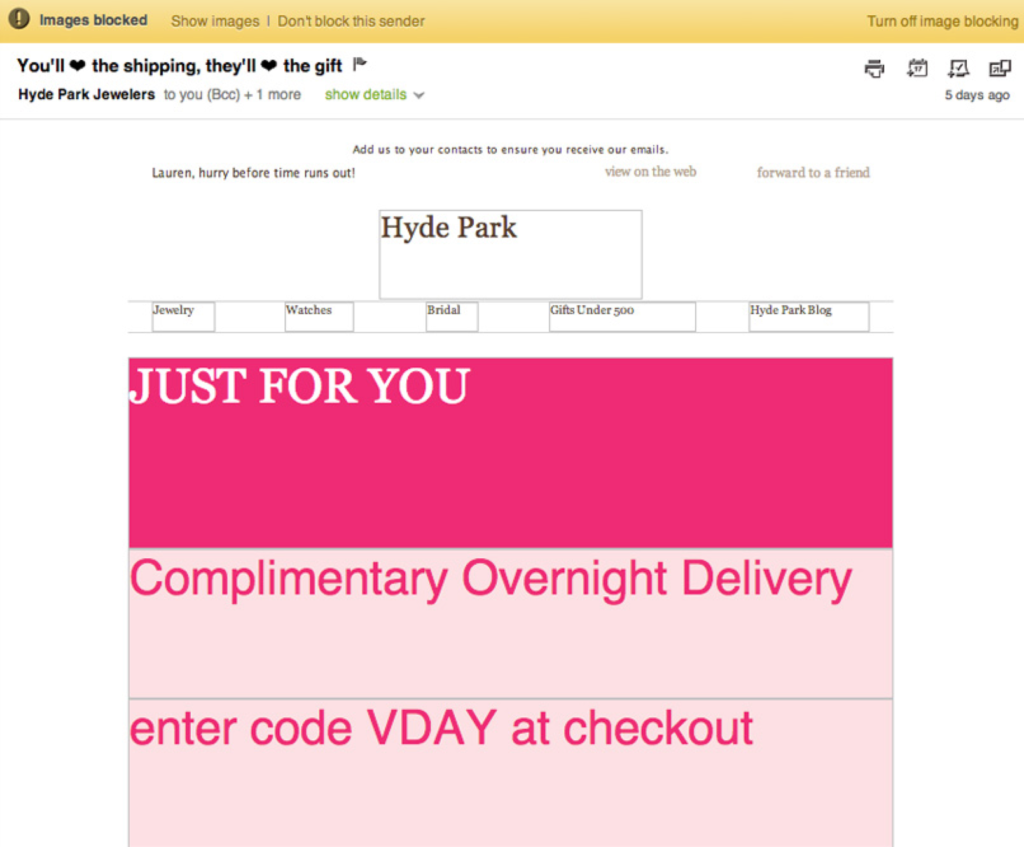Using Email Templates? Test These 8 Elements Before You Send
Email templates are reusable HTML files intended to make your design and creation process smarter, instead of harder. Because the underlying template has already been coded to define the structure and style of the email, it’s reusable.
Need to adjust copy, images, and links so messages are relevant to each campaign? An email template lets you do exactly that—without requiring that you build from scratch every time.
Email templates are a path to efficiency, speed, and brand consistency. Templates also allow marketers or designers who don’t code to build a great email campaign themselves.
But email is complex. Even the best email templates require some involvement on your part to make sure they’re working as expected.
Here are eight things to check when you’re using email templates to make sure you’re getting the most from them.
(On the hunt for new or fresh templates? Try these free templates—optimized for Dark Mode and 100+ different email clients!)
1. Default content
Many templates come preloaded with placeholder content. (Think lorem ipsum and stock images that show you where to insert your own copy and images).
Because there’s something already there, it can be easy to overlook that default content. Test your templates to double check that nothing gets sent with a rogue call-to-action (CTA) or paragraph that “NEEDS MORE EDITING HERE”.
When you do swap copy in and out of your template, review it to make sure it looks and reads as you intended. Confirm that all the new characters sit in the email template like you envisioned—and that you haven’t left any lingering typos.
2. Links
Ensuring that your links work correctly and quickly direct subscribers to the appropriate page can make or break your campaign.
QA testing also makes sure that each link is properly tracked and attributed to the correct campaign. If you’re using Google Analytics, check to make sure it has the correct UTM parameters.
3. Images
Are your images displaying properly? Are they the correct images?
Some email applications block images automatically, so it’s important to confirm that you’ve optimized all of your images for image-off viewing. ALT text is a great way to provide a bit of context for your subscribers, and makes your emails more accessible to subscribers using screen readers.
Regardless of the fact that you’re using a template, it’s also important to keep your content fresh for subscribers. Double check that you’ve swapped out default images—or images from past sends—so you’re not repeating yourself or derailing your email with the wrong message.
4. Preview text
Competition to stand out in the inbox is real. But great preview text can be that hidden gem that tips the scales in your email’s favor.
This snippet of copy typically displays after your subject line in your subscriber’s inbox. It should work hand in hand with your subject line—but not repeat what you’ve already said in it.
Preview text is well supported in all email clients these days (at least those based in the United States). But, how email clients pull this content differs and depends on the email client itself and the subscriber’s inbox settings.
Test in as many places as you can to avoid any awkward cropping of your preview text.
5. Dynamic content and personalization
Email personalization and dynamic content can drive interest and engagement in your campaign. In fact, message personalization is now the number one tactic used by email marketers who want to increase engagement rates, according to HubSpot data.
Because these tools are so powerful, it’s important to make sure you take the steps to ensure they’re working properly in your template. With the Litmus Extension you can easily ensure every subscriber has a great email experience, no matter what type of dynamic content or personalization they receive.
Confirm that you have fallbacks in those situations where you don’t have subscriber data, so the message will still make sense for them (even if it’s not as personalized as you’d like it to be).
6. Spam filters
Your template may stay constant, but other changes—like your IP address, email authentication methods, subject line or message content—could impact your email deliverability. Spam filter testing ensures all the hard work you’ve put into optimizing and double-checking your content doesn’t go to waste.
Get your email scanned by every major spam filter before you send with Litmus Spam Filter Testing, so you can fix any issues that could stand between your email and the inbox.
7. Footers
Complying with various spam regulations requires that your footer includes your company name and address, and offers a clear way for your subscribers to opt-out of your emails.
Many senders miss the opportunity to customize their footer. Rather than a generic “unsubscribe here” message, you can add context in your footer to remind subscribers what the email is about and why they’re receiving your email.
If you need to update your footer due to changes in address, legal language or simply, a different approach, remember that you can update a single {{footer}} partial that will be pulled into your templates, to save time and reduce the potential for errors.
8. Updates from email clients
Email clients consistently (and frequently!) make updates for various features—which are often described vaguely as “performance improvements and bug fixes.” Not all of these updates will automatically impact how your email renders—but without details and testing, you should assume that it could.
Testing your email template before every send helps you stay in front of any changes that may happen, so you know your template will still function properly.
 | Email Templates That Your Subscribers Will Love Ready to wow in the inbox? Check out our free email templates to help you boost your email engagement and overall brand loyalty! |

Stephanie Christensen
Stephanie Christensen was the Director, Content Marketing at Litmus

